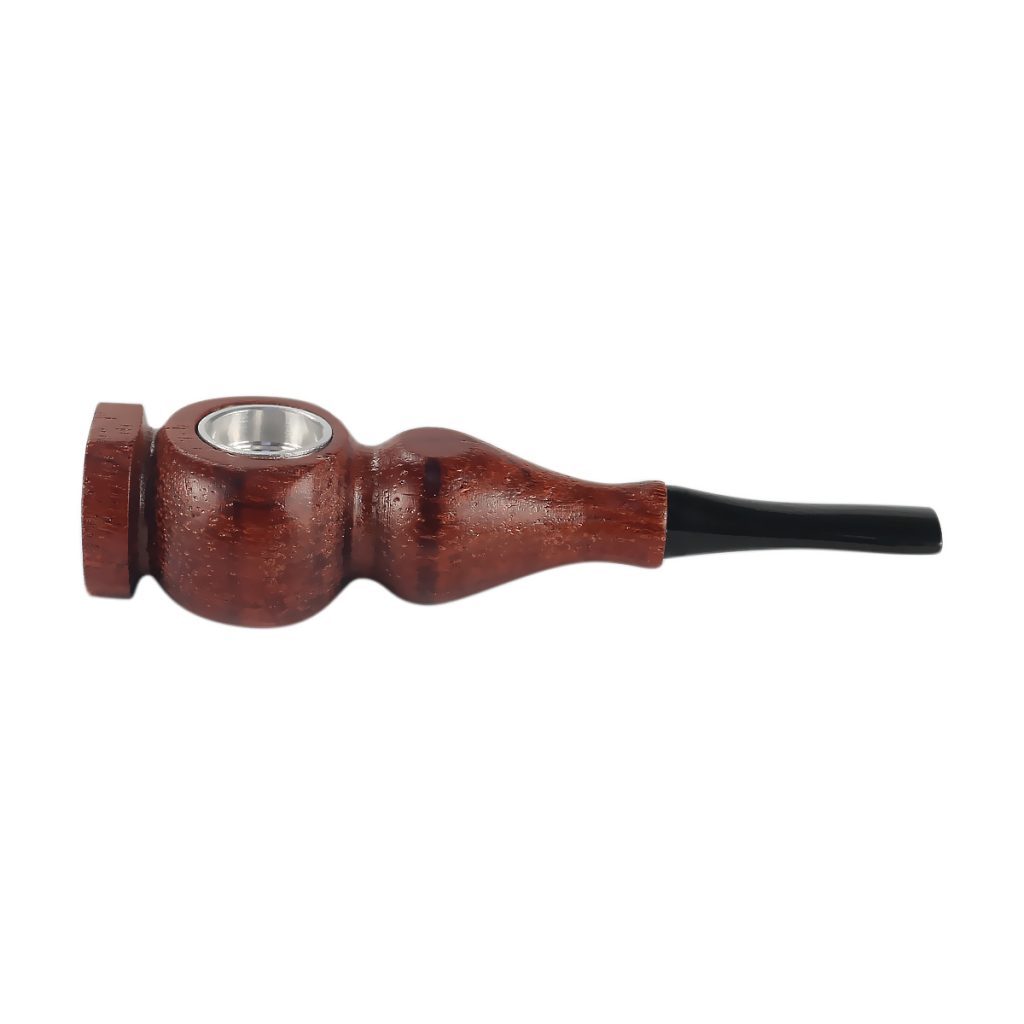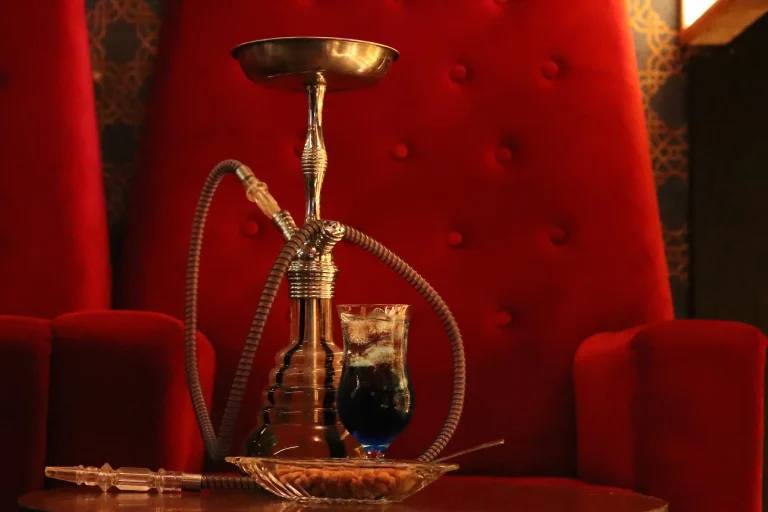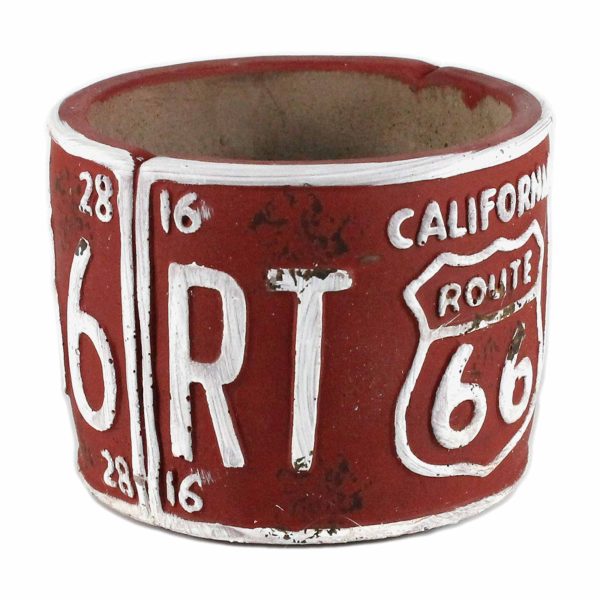Early Origins of Smoking Pipes
Cultural Significance in Ancient Civilizations
Smoking pipes have historically played an important role in diverse cultures across the globe. In ancient societies, these pipes were frequently utilized in ceremonial rituals to represent peace, spiritual connections, and communal unity. For instance, Native American tribes used peace pipes, also known as “Calumet,” as sacred items during treaty discussions and spiritual ceremonies. These rituals typically involved smoking specific herbs or tobacco and were thought to bring blessings from their gods.

Early Materials and Designs
The earliest smoking pipes were crafted from materials readily available in nature. Indigenous cultures often used stone, wood, bone, and clay to create their pipes. Each material signified different cultural meanings, with some believed to possess spiritual properties. The craftsmanship was generally intricate, reflecting the artist’s skill and the pipe’s importance. Early designs were specific to the customs and technological levels of a tribe or region, often adorned with symbols representing nature, the cosmos, or tribal heritage.
Ritualistic and Religious Uses
In many ancient societies, smoking pipes were not merely tools for the consumption of substances; they played essential roles in religious and ritualistic practices. For instance, in Mesoamerican cultures, priests would use pipes in their sacred ceremonies to communicate with the gods or to predict future events. The act of smoking itself was a meditative practice that connected the physical and spiritual worlds. Certain herbs were chosen for their ability to bring about visions or altered states of consciousness, thus enhancing the ritualistic experience.
BLADE AURA is proud to present its exceptional range of smoking pipes. With a diverse product assortment, BLADE AURA ensures that customers have access to the best selection of smoking pipes in the market.
Our smoking pipes are meticulously crafted using high-quality materials, guaranteeing durability and optimal performance. Whether you prefer metal smoking pipes, specialty smoking pipes, or glass water pipes, BLADE AURA has a pipe that suits your taste. Our pipes are not only visually appealing but also engineered to provide a smooth and enjoyable smoking experience.
At BLADE AURA, we prioritize customer satisfaction. Our experienced team is available 24/7 to assist you with any inquiries or concerns. We pride ourselves on quick response times and treat every customer with the utmost respect and professionalism.
When you choose BLADE AURA, you can expect fast and secure shipping, ensuring that your smoking pipes reach you without any hassle. We also welcome mixed and OEM orders, allowing you to customize your smoking experience according to your preferences.
The Evolution of Smoking Pipes Over Centuries
Middle Ages to the Renaissance
During the Middle Ages, the use of smoking pipes began to spread throughout Europe. Though initially limited to certain classes, the habit started gaining popularity, especially with the introduction of tobacco from the New World. In the Renaissance period, pipes became more elaborate and were often crafted from finer materials like meerschaum and ivory. The status of a smoker could often be deduced from the complexity and material of their pipe, effectively creating a distinction between the social classes.
Influence on Social Class Distinctions
The design and material of a smoking pipe during the Renaissance era served as clear indicators of an individual’s social status. The nobility and wealthy elite often showcased ornate pipes crafted from luxurious materials. On the other hand, the lower classes used simpler, often hand-carved wood or clay pipes. This distinction was not limited to the pipe itself; it extended to the etiquette and settings in which smoking took place, with the rich enjoying elegant smoking parlors while the common folk gathered in communal outdoor settings.
Industrial Revolution’s Impact
The Industrial Revolution marked a significant turning point in the production and accessibility of smoking pipes. With advancements in manufacturing processes, pipes could be mass-produced, making them more affordable and accessible to a broader audience. This democratization meant that what once was a marker of social status became a common leisure activity across various social strata. The variety and innovation in pipe design also surged, reflecting the technological and cultural shifts of the era.
Mass Production and Accessibility
Mass production significantly lowered the cost of smoking pipes, enabling even the working class to enjoy what was previously a luxury. Factories churned out pipes in diverse styles, from the traditional to the avant-garde, catering to the growing demand. This accessibility also led to an expansion of global markets, with pipes becoming a symbol of the growing interconnectedness of different cultures during the industrial period.
20th Century Changes
The 20th century saw notable changes in the perception and usage of smoking pipes. At the beginning of the century, pipes were widely popular, often associated with intellectualism, sophistication, and leisure. However, as the century progressed, shifts in health consciousness and social norms led to a decline in their ubiquity. Nonetheless, pipes retained a certain nostalgic charm, symbolizing a bygone era of relaxed, contemplative smoking habits.
Popularity and Decline
In the early 20th century, smoking pipes gained popularity, thanks in part to notable figures like Albert Einstein and J.R.R. Tolkien, who became iconic images of the pipe-smoking culture of the time. However, as the century progressed, increased awareness of the health risks linked to smoking led to a decline in their use. Despite this trend, the pipe continues to be seen as a symbol of a more contemplative and sophisticated approach to smoking, setting it apart from the quicker consumption methods associated with cigarettes and cigars.
Symbolism of Smoking pipes in Historical Contexts
Representation of Wisdom and Intellect
Historically, smoking pipes have often been associated with wisdom and intellect. Renowned academics, writers, and philosophers frequently used pipes as thoughtful accessories in popular imagery and media. The act of pipe smoking, with its slow, deliberate pace, has been linked to contemplation, reflection, and scholarly pursuits. This intellectual association endures in both historical records and modern representations.
Status and Authority Indicators
Beyond intellect, smoking pipes have also served as symbols of status and authority. Cultural leaders, elite members of society, and those in positions of power often utilized distinctive, ornate pipes to signify their elevated status. The differentiation in pipe materials, from common clays to exotic woods, further cemented their role as indicators of wealth and authority across various epochs.
Artistic and Literary Associations
In the realms of art and literature, smoking pipes have held a near-mythical status. Renowned artists and authors have depicted them in numerous works, using them as symbols of character depth, mystery, and insight. Literature and art from the 18th to the 20th centuries frequently feature characters whose pipes underline their reflective or enigmatic nature, adding a layer of sophistication and timelessness.

Modern Interpretations of Smoking Pipes
Revivals in Popular Culture
In contemporary culture, smoking pipes have made a notable comeback. They are frequently featured in films, literature, and various media to elicit nostalgia or to portray characters as wise and insightful. For example, well-known figures in movies and TV shows, ranging from Sherlock Holmes to modern adaptations, often use pipes as key accessories that add to their enigmatic and intellectual personas.
Film, Literature, and Media Depictions
The portrayal of smoking pipes in film, literature, and media continues to pay homage to their rich historical symbolism. Detailing the intricate ritual of pipe smoking, these depictions often serve to highlight a character’s depth, patience, and analytical prowess. Such portrayals not only revive the cultural significance of pipes but also underscore their persistent allure in storytelling.
Contemporary Trends and Usage
Today’s smoking pipes have evolved to embrace modern aesthetics while honoring traditional values. Contemporary designs blend artistry with functionality, attracting collectors and enthusiasts. The practice has transitioned from commonplace use to a niche hobby, where the focus is on the craftsmanship and aesthetics of the pipes. This shift has sparked a community of aficionados who appreciate pipes as both functional items and pieces of art.
Collecting and Aesthetic Appeal
Collecting smoking pipes has become a popular hobby, with enthusiasts valuing both antique and modern designs. The aesthetic appeal of pipes, with their varied materials, intricate carvings, and historical significance, makes them sought-after collectibles. This revival in pipe collecting reflects broader trends in appreciating artisanal craftsmanship and the cultural heritage embedded in these fascinating objects.
Health Perceptions and Legislation History
Public Health Awareness over Time
Throughout history, public perceptions regarding smoking pipes have shifted, especially with increasing scientific research. Initially, despite their widespread use, the health risks associated with smoking pipes were not well understood. However, as scientific inquiry advanced in the 20th century, the medical community began to uncover the adverse health effects linked to smoking, such as respiratory issues and various forms of cancer. Consequently, public awareness grew, and people began viewing pipe smoking not just as a leisurely activity but as a potential health hazard.
Shifts in Perception due to Scientific Research
The shift in perception can be attributed to numerous groundbreaking studies that highlighted the health impacts of tobacco smoking. As these findings were disseminated through public health campaigns and media coverage, societal attitudes began to change. Smoking pipes, once symbols of sophistication and intellectualism, started to be seen through a more critical lens. During the latter half of the 20th century, the proliferation of public health information led to increased regulations and a decline in the popularity of pipe smoking.
Legal Restrictions and their Effects
Legal restrictions around smoking pipes emerged as public health awareness increased. Governments around the world implemented a variety of measures aimed at reducing tobacco consumption, including taxes, smoking bans in public places, and stringent labeling requirements for tobacco products. These legal restrictions had a multifaceted impact. They not only restricted where and how people could smoke but also played a crucial role in changing public attitudes towards smoking pipes and smoking in general. Over time, these laws contributed to a significant decrease in the prevalence of smoking, transforming it from a social norm to a more stigmatized behavior.
Contrasts Between Historical and Modern Symbolisms
Changing Social Contexts
The symbolism of smoking pipes has evolved markedly from historical to modern contexts, reflecting broader social changes. Historically, pipes were associated with communal and spiritual practices, intellectualism, and authority. In contemporary society, while some of these associations persist, the social contexts surrounding pipe smoking have diversified.
Gender Norms Shift
A significant change has taken place in the area of gender norms. Historically, smoking pipes were mostly linked with male use, serving as emblems of masculine relaxation and intellect. However, in contemporary times, there has been an increasing acceptance of pipe smoking among women, mirroring larger movements towards gender equality and the dismantling of traditional gender roles. This transformation has been supported by media representations and evolving societal perspectives on gender-specific behaviors.
Variations in Symbolic Meaning Across Cultures
Smoking pipes continue to hold varied symbolic meanings across different cultures. In some cultures, they remain linked to sacred traditions and rituals, maintaining their historical roots. In others, they have been recontextualized as symbols of rebellion, individualism, or nostalgic sophistication. For example, while Native American cultures continue to view the smoking pipe as a spiritual object, contemporary Western societies might see it more as a collectible or a statement of style.
Personal Identity Through Smoking Pipes
Expression of Individuality
In modern times, smoking pipes have become powerful tools for expressing individuality. Unlike the more transient consumption associated with cigarettes, the use of a pipe allows for a unique personalization, from the selection of the pipe’s design to the ritual of preparing and smoking it. This personalization reflects the user’s tastes, interests, and commitment to craftsmanship.
Fashion Statement Components
For many, smoking pipes are components of a broader fashion statement. The careful selection of a pipe that complements one’s personal style can be a form of self-expression akin to choosing a particular type of clothing or accessory. This aspect is especially prevalent among collectors and enthusiasts who view their pipes not just as tools for smoking but as extensions of their personal aesthetic and cultural tastes.
Nostalgia and Sentimentality
The charm of smoking pipes is closely connected with feelings of nostalgia and sentimentality. For numerous individuals, pipes bring back memories of bygone eras, reminding them of past generations for whom pipe smoking was a regular part of life. This sentimental value infuses the object with emotional depth, transforming it into more than just a mere smoking instrument.
Additionally, stories and traditions handed down through families can imbue a pipe with personal meaning, further enhancing its role as a symbol of continuity and heritage. Whether viewed as a cherished family heirloom or a means to reconnect with historical practices, smoking pipes carry a sentimental weight that transcends their practical use, making them treasured relics and symbols of personal identity.
In conclusion, the symbolism of smoking pipes has experienced significant transformation over time, shaped by cultural, social, and legal influences. From ancient rituals to modern expressions of individuality, the pipe remains a fascinating cultural artifact, rich in historical significance and contemporary relevance.
With BLADE AURA, you can trust that you are getting the best value for your money. Our cost-efficient pricing and comprehensive product assortment make us the go-to choice for smoking enthusiasts worldwide. We continuously update our catalog with new and innovative products, ensuring that you always have access to the latest 420 novelties.
In conclusion, BLADE AURA is your ultimate destination for high-quality smoking pipes. With our wide range of products, exceptional customer service, and commitment to innovation, we guarantee a premium smoking experience that will exceed your expectations. Choose BLADE AURA and elevate your smoking sessions to new heights.















